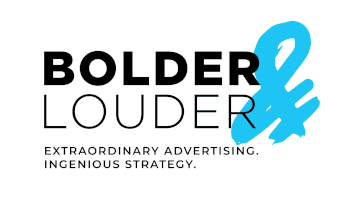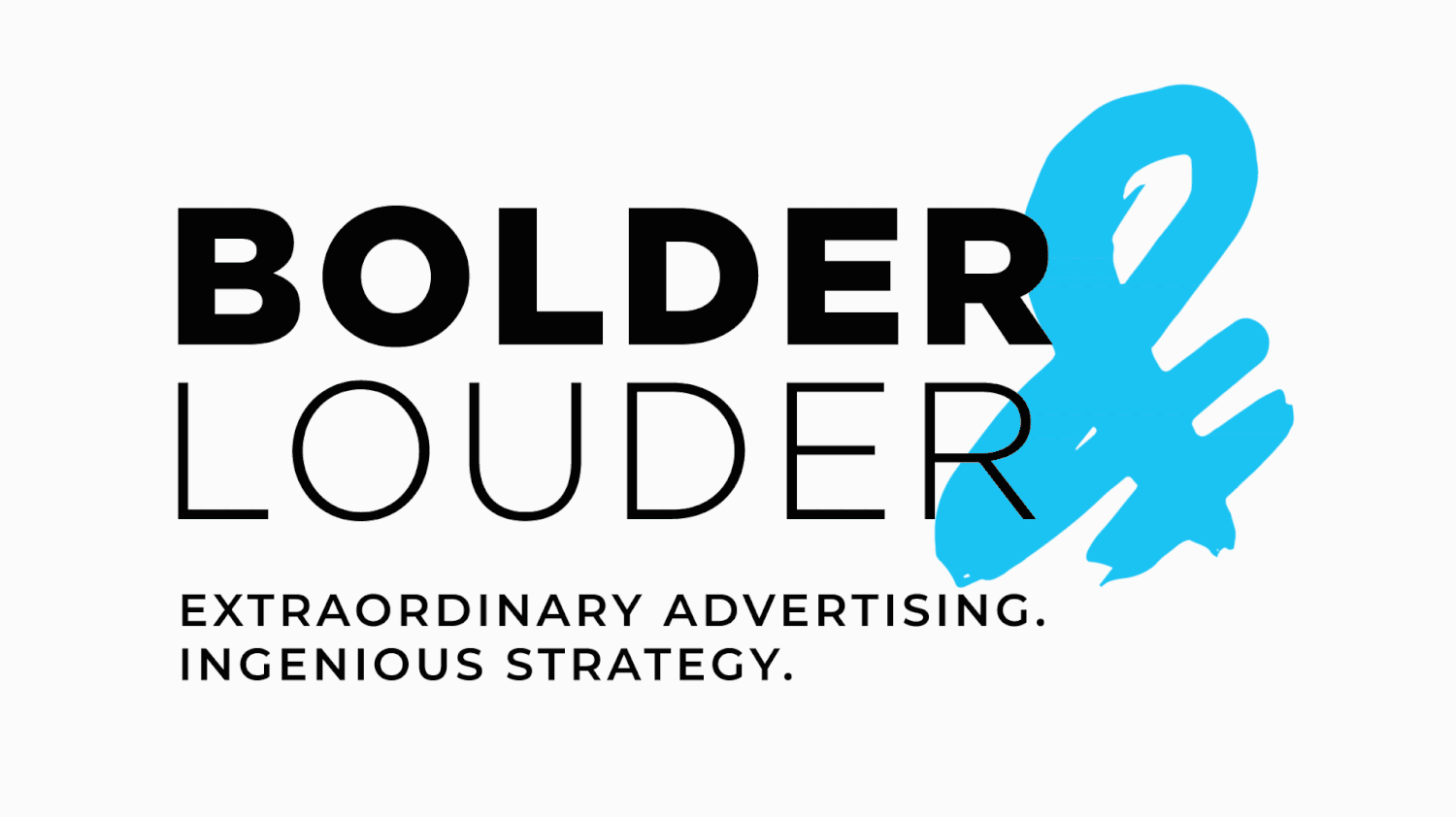How Much Should We Invest in Our Marketing Budget?
Spoiler alert: You should plan to invest between 5% and 20% of your revenue on marketing, depending on whether you want to sustain or grow.
“Early to bed, early to rise, work like hell and advertise.”
Ted Turner
The answer to the age-old question - how much should our marketing budget be - is going to vary, based on what kind of business you have, how strong (or weak) your current branding is, what kind of market you’re operating in, and whether your business is in a “sustain” phase or a growth one.
Smart business owners know that the secret to an effective marketing strategy isn’t necessarily the size of the marketing budget, but how it’s strategically allocated. That’s why disruptive marketing is so powerful - when you can’t outspend the 800 pound gorilla in your market, you have to outsmart it.
But let’s clear the air on one major thing first.
Smart businesses don’t “spend” on marketing. They invest. Strategically. Predictably. Purposefully.
But how much is enough? And more importantly, where should that budget go first?
Let’s start with a universal truth:
If you haven’t built a strong brand, there’s no amount of paid ads that will save you.
Paid ads can drive traffic, but if your brand lacks clarity, trust, or emotional pull, that traffic won’t convert properly—it’ll just cost you burning through large amounts of ad dollars and sending you price-sensitive, pain-in-the-butt leads who don’t appreciate the genius of your business and what you offer.
On the other hand, if you have a strong brand, this makes every marketing dollar work harder. Your leads are more qualified because they already believe in your company and the value you provide, and they don’t view you as some kind of interchangeable commodity that they can do aggressive price shopping on.
Follow the 60/40 Rule
There’s a reason this principle is gospel in modern marketing strategy. The 60/40 rule, coined by marketing effectiveness experts Les Binet and Peter Field, recommends allocating:
60-70% of your marketing budget to brand building
20-30% to sales activation and performance marketing
Brand building is long-term. It drives emotional connection, credibility, and market perception.
Sales activation, on the other hand, is short-term. It pushes for conversion.
Here’s the kicker: companies that follow this model consistently outperform those that don’t—across industries, revenue sizes, and business models.
How Much Should You Invest?
Generally speaking:
5–10% of gross revenue supports steady growth and retention.
11–20% of gross revenue fuels aggressive growth, new markets, and major campaigns.
But the amount alone isn’t the full picture. You also need to ask: How should I allocate those funds based on the unique makeup of our business?
Let’s dig into the 9 most important factors to guide your marketing budget—and why branding remains at the core of each one.
1. Business Goals
Aggressive goals require a bold brand.
If your business goal is market leadership, your brand must lead emotionally—not just functionally. A strong brand makes performance marketing work better and cheaper.
Take Nike, for example. Before it could own the performance category, it had to first stand for something. “Just Do It” wasn’t a campaign—it was a global declaration of purpose. That brand identity paved the way for decades of profitable growth.
2. Brand Maturity
A brand’s life stage dramatically impacts how you invest:
Startups often need to invest 12–20%+ of their revenue in marketing, with a heavy emphasis on branding. You’re still building trust, recognition, and market fit.
Established businesses may dial this down to 6–12% because they’ve earned awareness—but still need brand consistency to maintain relevance.
Legacy brands in mature industries might spend less on awareness but reinvest in brand revitalization—especially if they’ve grown stale.
Take Airbnb. In its early days, the company focused heavily on crafting an emotionally resonant brand around the concept of “belonging anywhere.” That identity, not its pricing or booking experience, became its most powerful asset in scaling globally.
That emotional branding is why millions of users now choose them over hotels.
3. Industry Benchmarks
Marketing spending norms vary by industry:
Tech: up to 31%
Consumer goods: ~18%
Financial services: ~14%
Education and construction: ~4–6%
Think of Dollar Shave Club, a direct-to-consumer brand that sold men’s razors in a very crowded, fiercely price sensitive industry. They knew they couldn’t compete toe-to-toe with companies like Gilette and Proctor&Gamble, so they had to outsmart them through bold branding anchored in storytelling. One cheeky launch video skyrocketed their sales and build them an army of raving fans before they ever spent big on performance marketing.
4. Competitive Landscape
Your budget must match the battlefield. Ask yourself:
Is your space crowded with similar offerings?
Are competitors investing heavily in media, brand, and PR?
Do you need to fight for awareness—or is there white space?
More competition means more investment—especially in brand.
Take Liquid Death. In a saturated beverage market, they didn’t compete on hydration or wellness—they built an edgy, punk-infused brand around “murdering your thirst.” The result? Category dominance and cult-like loyalty, achieved with brand-first investment.
5. Company Size
Larger companies generally have more flexibility to diversify spend. But smaller companies have two distinct advantages: laser focus and nimbleness.
Glossier is a prime example. With a tight budget but crystal-clear brand identity, they built a massive following by leading with values, voice, and community. Instead of outspending, they outbranded.
The takeaway? Even if your marketing budget is lean, carve out that 60% for brand-building. It pays dividends in loyalty, advocacy, and pricing power.
6. Product or Service Lifecycle
Where your offering sits in its lifecycle should influence your spend and strategy:
Launch phase: Heaviest spend on branding. You need visibility, credibility, and differentiation.
Growth phase: Strong split between branding and sales activation.
Maturity: Focus shifts to retention and market share defense, often with renewed brand storytelling.
Decline or pivot: Budget may reduce, but storytelling is essential if repositioning or relaunching.
Think Apple. Every iPhone release is a masterclass in brand-building. Long before product specs are released, the brand primes the market with emotion, design cues, and lifestyle storytelling. That’s why demand is built before the sale even starts. They prime the market with sleek visuals, emotion, and identity, so by the time the product drops, people are lining up ready to buy.
7. Marketing Channels & Mix
Let’s not forget that how you market impacts how much you need to spend.
Brand-building happens through:
Great, memorable content (written, video, podcast, thought leadership)
PR and media
Clever design and creative
Experiential marketing
Community engagement
Performance marketing includes:
Paid ads (Google, Meta, LinkedIn, etc.)
Conversion funnels
Email automations
SEO and retargeting
Yeti is a great case here. They didn’t become a $1B+ cooler company through product specs. They invested in rugged storytelling, aspirational content, and a lifestyle brand that made people proud to own a premium cooler. Branding didn’t support the product—it became the product.
8. Geography and Target Markets
High-income or urban markets cost more to reach, especially through digital channels. But with the right brand positioning, you can create relevance that lowers your cost per acquisition—even in expensive regions.
Patagonia nails this. By anchoring their brand to environmental activism and ethical practices, they attract values-aligned, high-value consumers—often with less reliance on paid acquisition.
Their brand drives demand, which lowers dependency on performance spend. By investing in cause-based branding and storytelling, they reach high-value markets with lower reliance on paid media.
9. Team and Resources
Do you have the internal talent and tools to execute your brand vision?
Warby Parker succeeded early by partnering with top-tier creatives and PR firms to build a mission-driven brand. Their early budgets didn’t go to massive media buys. Instead they invested in crafting a brand narrative that people wanted to talk about.
Branding wasn’t just a marketing line—it was the lens for every decision, from website copy to customer service tone. The right partnerships and internal clarity supercharge branding.
The Takeaway: Your Branding Is the Backbone of Your Marketing Budget
Budgeting for marketing isn’t about checking a box—it’s about engineering growth. And the only way to do that is by investing in your brand first.
Because no matter your industry, lifecycle stage, or goals, one rule holds true:
Marketing without branding is just spending. Marketing with branding is scaling.
So yes—build your funnel. Run your ads. Nurture your leads.
But not until you’ve answered the most important questions:
Who are we?
Why do we matter?
What makes us unmistakable?
Answer those, invest and watch every dollar work harder while your bigger competitors are left in the dust, scratching their heads, wondering how the heck you did it.





